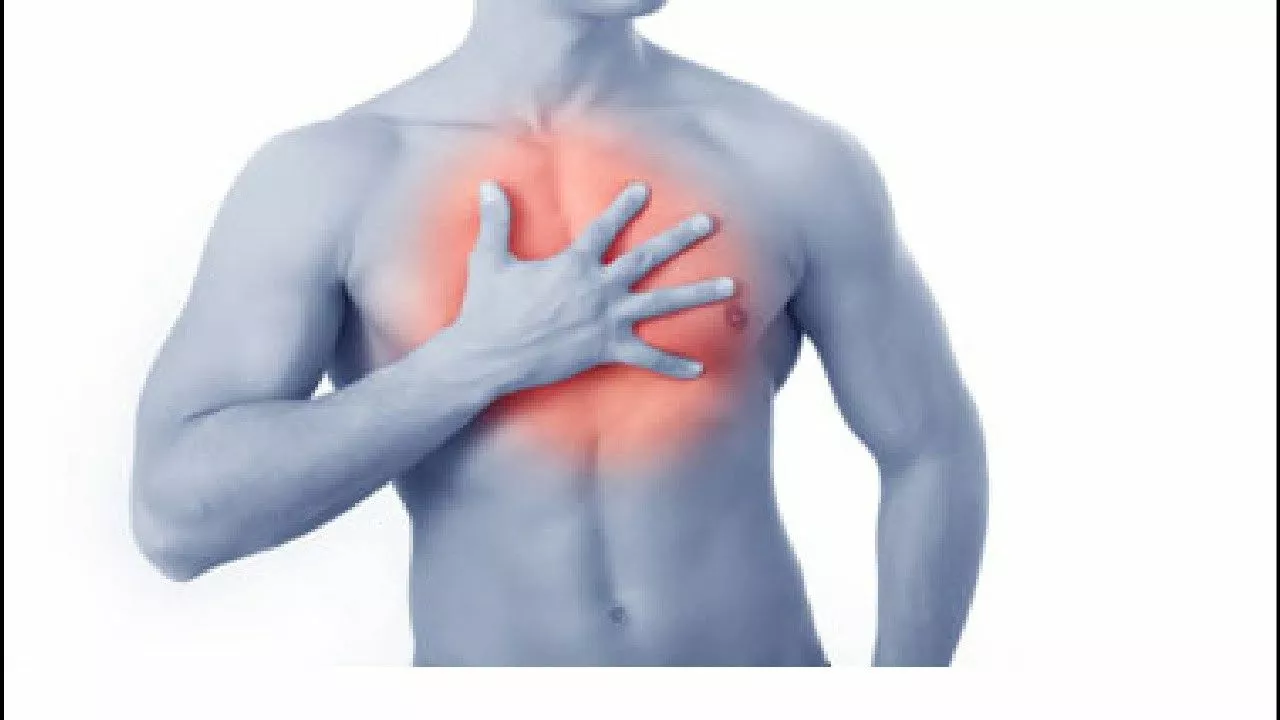Chest congestion feels like thick mucus, tightness, or a noisy cough in your chest. It can make breathing harder and mess with sleep. Most cases ease in a week or two, but knowing what helps and when to get checked makes a big difference.
Viruses are the most common cause — colds, flu, and bronchitis can leave mucus in the lungs. Bacterial infections sometimes follow and may need antibiotics. Allergies and asthma trigger extra mucus and airway swelling. Chronic problems like COPD or heart failure can cause ongoing congestion. Smoking and pollution make everything worse. Remember: sputum color alone doesn’t prove a bacterial infection.
Drink more fluids — warm tea or broth helps thin mucus so you can cough it up. Use a humidifier or take hot steamy showers to loosen chest mucus. A saline nasal spray can reduce postnasal drip and cut down on chest mucus. Guaifenesin (an expectorant) may thin phlegm; follow package directions. Honey (for adults and kids over 1) soothes cough and can help at night. Fresh air usually helps; avoid smoky or stale rooms.
For kids under 4, skip cough medicines unless a doctor says otherwise. For infants, use a bulb syringe for nasal congestion and keep them hydrated. Older adults and people with chronic lung disease should watch symptoms closely and keep regular medical check-ups.
Over-the-counter options like expectorants and short-term decongestants can help, but don’t use oral decongestants for young children without advice. If you have wheeze or tightness, a prescribed inhaler (bronchodilator) can relieve airway spasm fast. Antibiotics only help when a bacterial infection is confirmed or strongly suspected by a clinician.
Try simple breathing exercises: sit upright, inhale slowly for 3–4 seconds, hold one second, then exhale through pursed lips. Repeat 5–10 times. Gentle chest percussion (cupping and tapping) helps in some cases — only with guidance from a nurse or physiotherapist. Cover coughs, wash hands, and change pillow covers if postnasal drip bothers you, and rest more.
Seek care right away if you have trouble breathing, fast breathing, blue lips, high fever, chest pain, or cough up blood. See a doctor if symptoms last more than two weeks, get worse after getting better, or happen repeatedly. Also get checked sooner if you have heart disease, COPD, diabetes, or a weakened immune system.
To prevent congestion, wash hands often, get your yearly flu and COVID vaccines, avoid smoking, and keep allergies and asthma under control. If you buy medicines online, pick pharmacies with clear contact info, a licensed pharmacist, and secure payment. Keep a list of current meds to check for interactions.
Use these practical tips to ease chest congestion quickly and know when it’s time to get medical help.

In my recent blog post, I discussed the importance of exercise in relieving chest congestion. I found that engaging in physical activities helps to break down mucus and improve lung function. Breathing exercises, in particular, can be extremely beneficial in reducing congestion and promoting overall respiratory health. Additionally, I shared some practical tips on how to incorporate exercise into our daily routines, even when dealing with chest congestion. Overall, staying active is a crucial element in maintaining a healthy respiratory system and preventing further complications.
View more